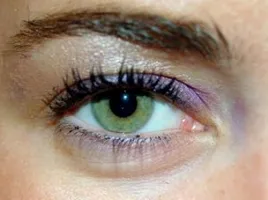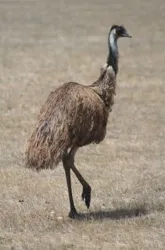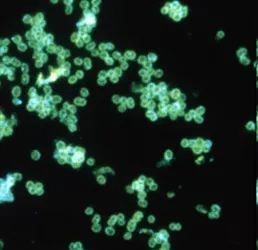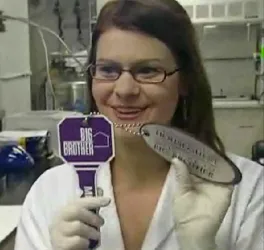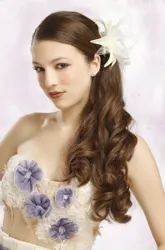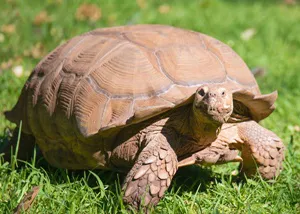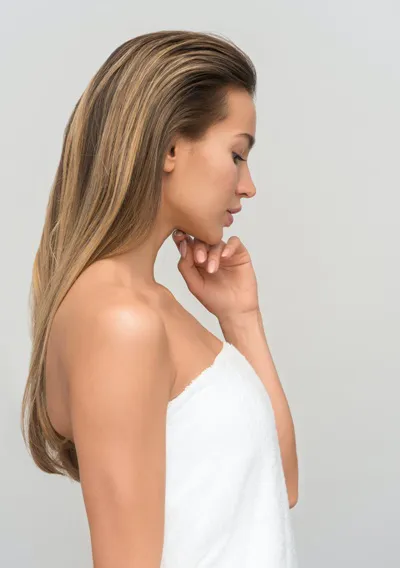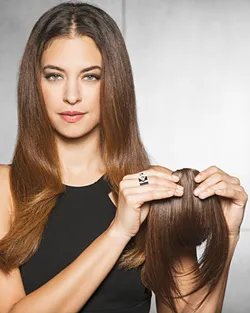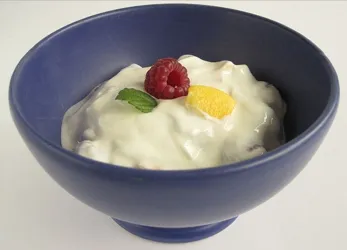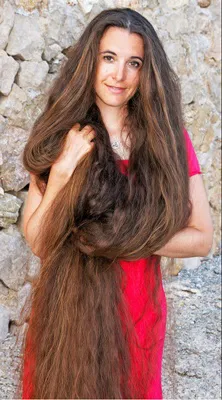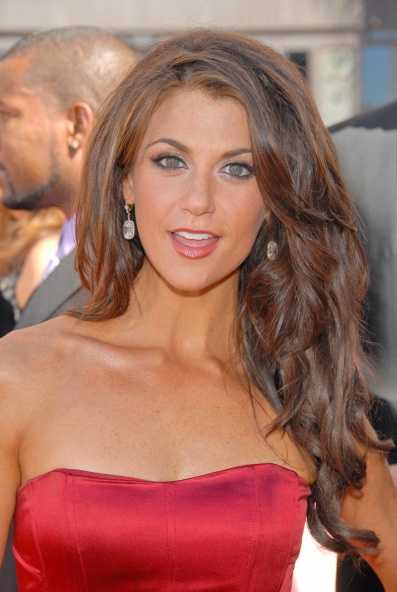
Hair Diseases: Contagious
IntroductionThere are several recognized diseases of the Hair and the scalp. Experts also recognize the following commonly occurring contagious hair diseases:
Tinea Capitis - RingwormRingworm also know as Tinea is not actually a worm. It is a fungus organism present just about everywhere. When provided with the proper environmental conditions such as warm, moisture and food this fungus can develop in a number of places. Some of the most common locations for the development of Ringworm include:
Ringworm received its name from the fact that it forms a type of red itchy lesion that looks like a worm coiled into a ring formation. The ring can range in size from small to very large and up to 6" in diameter. Most ringworm infections are generally average in size and it is more rare to have an infection that is very small or very large. When ringworm occurs on the scalp it is known as Tinea Capitis. The outer part of the ring is most often scaly but the skin within the circle appears to be normal. As the fungus moves along in its course it breaks off the hair and thus can cause bald patches to develop. Ringworm is best treated by a doctor with a prescription formulation. Some hairdressers may refuse to treat clients with an obvious case of ringworm of the scalp. This is due to the fact that it can be contagious. Excessive hair growth most often develops on the face, on the upper lip, under the chin. Hair growth on the face is often linked to an imbalance in female some hormones such as estrogen. Excessive face hair has also been linked in some cases to birth control solutions and injected hormones. Excessive hair growth is also linked to certain ethnic groups and is often inherited. Pediculosis Capitis - Head LiceThis is a very common disease that can be quite difficult to deal with for a number of reasons. This is a disease caused by a tiny bug known as a louse that lays eggs or nits along the hair shaft close to the scalp. The lice attach their eggs to the hair of their hosts with a form of very specialized saliva which create an iron clad type of bone. You may never be able to see the louse itself because it may to on to another victim after laying its eggs. The eggs or nits adhere tightly to the hair shaft and can not be easily removed. It may appear to be similar to dandruff due to its white color. Lice eggs generally hate in two or three days and if conditions remain favorable the newly hatched lice will continue to multiply. This condition is contagious. Removal of lice is a controversial topic because lice over time have become exceedingly resistant to lice removal formulas. A nit comb is a comb with very fine close teeth that is used to scrape nits off the hair. Social Media Network InformationPlease follow me on Twitter at: http://Twitter.com/HairBoutique. I look forward to meeting new people Thank you for visiting us at The HairBoutique Blog and for leaving your comments. They are very much appreciated. We apologize in advance but must remove any direct advertisements or solicitations. - Revised Publication Date: 10/19/10
|
| If you want to talk more about this or other hair care articles on HairBoutique.com or anywhere else, please post a message on HairBoutique.com's Hair Talk Forums.
|
Social Media Network Information
Please follow us on Twitter at: https://Twitter.com/HairBoutique. I look forward to meeting new people from all walks of Twitter and learning from their Tweets.



